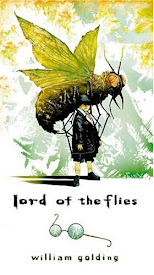Question #1:
The story Shooting an Elephant has two major themes: the antipathy of imperialism and the sentiments to peer pressure. Although these two themes look disparate at first, they have a common element that linked them together – the feeling of ambivalence. “All I knew was that I was stuck between my hatred of the empire I served and my rage against the evil-spirited little beasts who tried to make my job impossible.” (Orwell, 222) From here we can see that the character is in some sort of self-identity dilemma – on one hand, the narrator, an Indian-born man, thinks the British rule as an unbreakable tyranny; on the other hand, root to his English pedigree, the narrator is just an cold-blood colonial police officer in the locals’ eyes. When the narrator was going to shoot the elephant, he was in an ambivalent situation too. He did not want to shoot the elephant, but due to the peer pressure from the crowd, he made a decision that went against his heart. By showing the ambivalent feelings of the narrator, the Orwell successfully intertwined oppositions to the negative consequences of imperialism and peer pressure.
Question #2:
First and foremost, Orwell used first person to write this story, which made it believable. He also used the tactic of comparison. He unveiled the unflattering feelings of himself by showing the difference between the true him and the one he wanted to be seen. “He wears a mask, and his face grows to fit it.” (Orwell, 224&225) The ambivalent self-identity of the narrator was demonstrated clearly by comparison. “The crowd grew very still, and a deep, low, happy sight, as of people who see the theatre curtain go up at last, breathed from innumerable throats.” (Orwell, 225) From here we can see that Orwell is also good at building the atmosphere to coordinate with the development of the character’s mood.
Monday, October 13, 2008
Subscribe to:
Post Comments (Atom)












0 comments:
Post a Comment